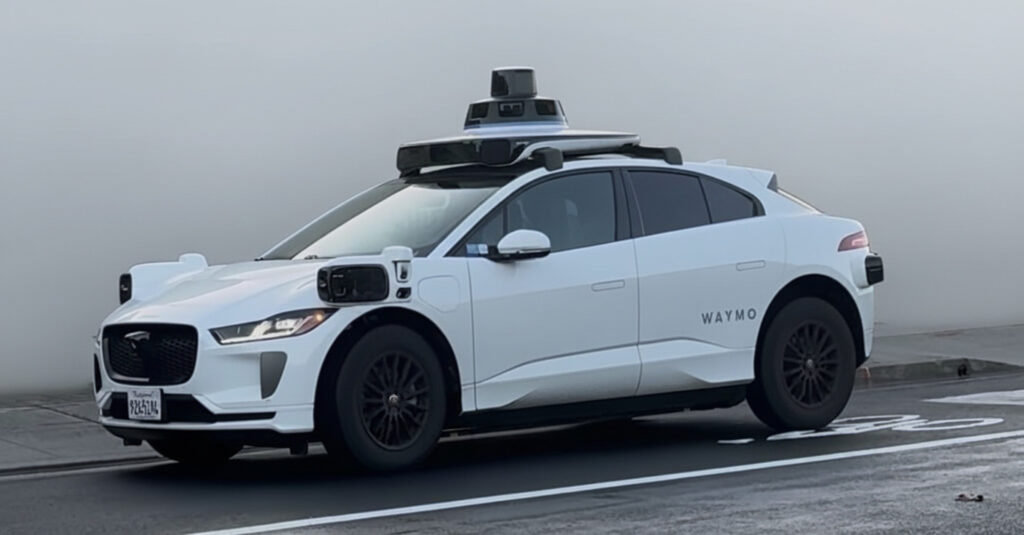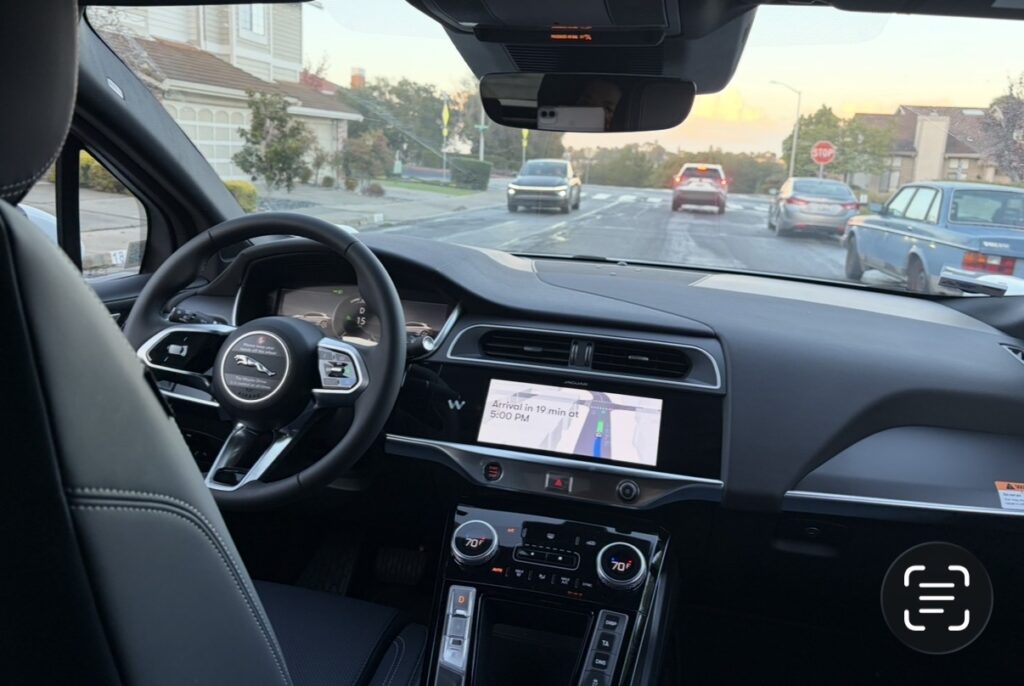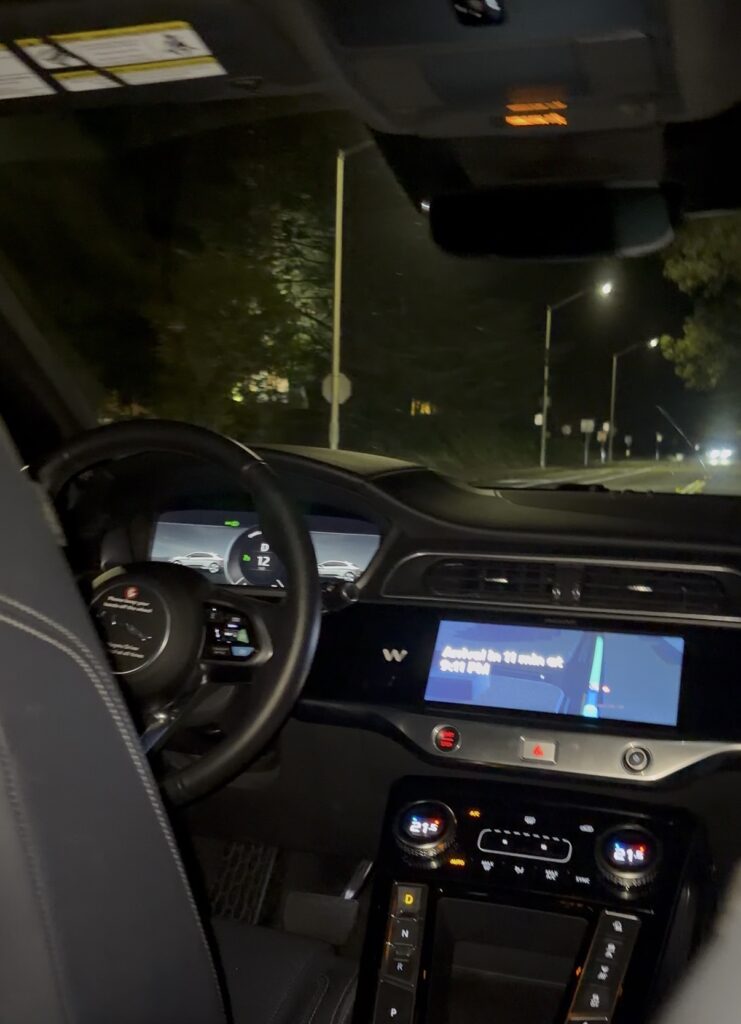The Era of “Driverless Mobility” Has Finally Arrived ー How Waymo’s Robotaxis Are Reshaping Silicon Valley’s Daily Life

Robotaxis Move From Vision to Reality in Silicon Valley
In Silicon Valley, Waymo—the leading autonomous driving company—is no longer a futuristic concept.
Its driverless robotaxis are already woven into everyday life, quietly redefining how people move around the city.
What Is Waymo?
A Google-Born Pioneer Leading the Global Robotaxi Race
Waymo began in 2009 as Google’s internal Self-Driving Car Project.
It later spun out as an independent company under Alphabet in 2016.
Key milestones include:
- 2009: Google launches autonomous driving research
- 2015: Successful driverless public-road testing
- 2016: Waymo becomes an Alphabet subsidiary
- 2018: Pilot service launches in Phoenix, Arizona
- 2020: World’s first fully driverless commercial taxi service opens to the public
- 2023–2025: Rapid expansion of test-driving zones across San Francisco, Los Angeles, and Austin
Waymo continues to evolve as a next-generation mobility service focused on safe, comfortable, and efficient transportation.
Already a Common Sight in the Bay Area
White Waymo vehicles are now a familiar part of Bay Area streets.
- Requesting a ride feels just like using Uber
- The car arrives with no driver
- Route guidance appears on interior screens
- AI handles acceleration, lane changes, and braking
Many early users say:
“Once you try it, it’s hard to go back to a human driver.”

Exterior of a Waymo vehicle
Why Is Waymo Considered So Safe?
Waymo integrates a multilayered safety architecture:
- Full 360° sensing powered by LiDAR, radar, and cameras
- AI that predicts pedestrian and vehicle movements in milliseconds
- Tens of millions of real-world autonomous miles logged
- Minimal sudden braking or swerving for smooth, predictable driving
- No fatigue, distraction, or impaired driving—ever
As a result, some evaluations already suggest its performance can be safer than human drivers.
Hands-On Experience: Riding in Waymo
A Tomorrow Access editor rode Waymo in different conditions to evaluate its real-world performance.
Editor’s impressions:
“Although I felt a bit tense at first, I immediately realized how safe the ride was. Lane changes and cornering were beautifully controlled, and the braking was incredibly smooth—honestly better than my own driving.
I tried both daytime and nighttime rides, and surprisingly, I felt even safer at night compared to a human-driven taxi.
Not having to engage in small talk or think about tipping made the experience more comfortable than expected. I’m sure I’ll use it even more going forward.”

Interior of a Waymo vehicle

Safe and reliable even at night
Where Is Waymo Going Next?
① Newly Announced Test Markets (November 2025)
Waymo announced plans to launch new test operations in three U.S. cities:
- Minneapolis, Minnesota
- New Orleans, Louisiana
- Tampa, Florida
Note: These are test expansions, not full commercial deployments. Commercial service is expected no earlier than 2026.
Source: TechCrunch (Nov 20, 2025)
https://techcrunch.com/2025/11/20/waymo-enters-3-more-cities-minneapolis-new-orleans-and-tampa/
② Thirteen Cities Planned for Expansion in 2026
Waymo is preparing 2026 rollout plans for the following cities:
Dallas — Texas
Denver — Colorado
Detroit — Michigan
Houston — Texas
Las Vegas — Nevada
Miami — Florida
Nashville — Tennessee
New York — New York
Orlando — Florida
San Antonio — Texas
San Diego — California
Seattle — Washington
Washington, D.C. — District of Columbia
③ International Expansion Plans
- London, UK
- Tokyo, Japan
Both cities are currently evaluating regulatory pathways and preparing for pilot testing.
Potential Industry Impact
Waymo’s model could reshape the ride-hailing and taxi markets through:
- Zero driver labor cost
- 24/7 autonomous operation
- Consistent, high-quality driving performance
This shift could lead to structural changes across mobility and urban transportation industries.
Conclusion: The Future of Mobility Is Already Here
Waymo is not offering a futuristic concept—it is actively transforming mobility today.
With benefits such as:
- Safety
- Quiet operation
- No small-talk pressure
- No tipping required
Robotaxis are becoming a preferred transportation option for many.
Waymo’s progress signals that “future transportation” is no longer decades away—it is unfolding right now on the streets of Silicon Valley.